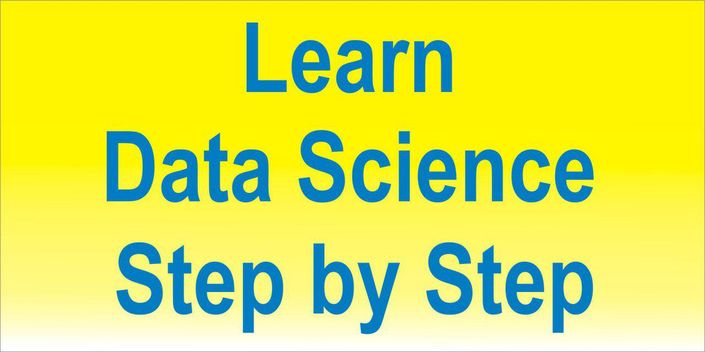
About QuestPond: It started 15 years back with the one single goal of creating quality step-by-step IT programming-related lessons.
The main goal of QuestPond is to create Step by Step lessons on C#, ASP.NET, Design patterns, SQL, and so on. As years moved on I added other step-by-step lessons like Angular, SharePoint, MSBI, Azure and so on.
When you talk about data science the most important thing is Statistical MATHS .
This course teaches statistical maths using simple excel. My firm belief is MATHS is 80% part of data science while programming is 20%. If you start data science directly with python , R and so on , you would be dealing with lot of technology things but not the statistical things.
I recommend start with statistics first using simple excel and the later apply the same using python and R. Below are the topics covered in this course.
Lesson 1 :- What is Data science ?
- Chapter 1 :- What is Data science and why do we need it ?
- Chapter 2:- Average , Mode , Min and Max using simple Excel.
- Chapter 3:- Data science is Multi-disciplinary.
- Chapter 4:- Two golden rules for maths for data science.
Lesson 2 :- What is Data science ?
- Chapter 4:- Spread and seeing the same visually.
- Chapter 5:- Mean,Median,Mode,Max and Min
- Chapter 6:- Outlier,Quartile & Inter-Quartile
- Chapter 7:- Range and Spread
Lesson 3 - Standard Deviation, Normal Distribution & Emprical Rule.
- Chapter 8:- Issues with Range spread calculation
- Chapter 9:- Standard deviation
- Chapter 10:- Normal distribution and bell curve understanding
- Chapter 11:- Examples of Normal distribution
- Chapter 12:- Plotting bell curve using excel
- Chapter 13:- 1 , 2 and 3 standard deviation
- Chapter 14:- 68,95 and 98 emprical rule.
- Chapter 15:- Understanding distribution of 68,95 and 98 in-depth.
- Chapter 16:- Probability of getting 50% above and 50% less.
- Chapter 17:- Probability of getting 20 value.
- Chapter 18:- Probability of getting 40 to 60.
Lesson 5 - Binomial distribution
- Chapter 22:- Basics of binomial distribution.
- Chapter 23:- Calculating existing probability from history.
- Chapter 24:- Exact vs Range probability.
- Chapter 25:- Applying binomial distribution in excel.
- Chapter 26:- Applying Range probability.
- Chapter 27:- Rules of Binomial distribution.
Do visit to enroll all courses :- https://www.questpond.com/python-r-programming-maths-for-data-science/cid21
Course Curriculum
-
PreviewLab 1 :- What is Data science? (9:00)
-
StartLab 2 - Explain Descriptive Stats, Spread, Outlier and Quartiles in Data Science. (17:06)
-
StartLab 3 - Standard Deviation, Normal Distribution & Emprical Rule. (18:24)
-
StartLab 4 - The ZScore Calculation. (10:52)
-
StartLab 5 - Explain Binomial Distribution. (13:56)
